Overall, the last “Thoroughbred” racehorse of 100 per cent Eastern blood was Flying Childers, according to author Roger Longrigg. After that, all Thoroughbreds had at least a touch of non-Eastern blood, which Longrigg suggests stabilized at around 30 per cent. That makes the modern Thoroughbred about 70 per cent Eastern, assuming the genes from the English horses remained constant over the generations, which of course they might not have done.
It is just as likely that the Arabian influence has actually been strengthened through selection, since the traits of the modern Thoroughbred are amazingly like those of certain Arabians. The late Lady Anne Blunt of the renowned Crabbet Arabian Stud (founded 1877) commented that her mare Hagar was very much akin to a Thoroughbred, despite being of the purest Arabian blood.
“She was not remarkably handsome, being straight necked and having a strange, wild head, but her depth of girth and her long muscular hindquarters gave promise of what she possessed in a wonderful degree, speed and staying power,” Lady Anne Blunt said of Hagar.
Hagar's daughter Haifa, plain by Arabian standards, could have passed as a Thoroughbred based on her physical appearance. Indeed, the first six Arabians the Blunts purchased in 1878 had a more Thoroughbred appearance about them than their later purchases.
Lady Anne Lytton, the daughter of Lady Wentworth (Judith Anne Dorothea Blunt-Lytton, 16th Baroness Wentworth) and granddaughter of Lady Anne and Wilfred Scawen Blunt, continued the family's interest in Arabians and wrote extensively about them. She observed that not all Arabians were pretty, dish-faced horses with arched necks.
“The taller, plainer type came from the desert as well, but but had a longer, straighter head, with a smaller eye and the quarters were less level and the neck not curved; nevertheless they had a look of distinction and were undoubtedly pure bred,” Lady Anne Lytton wrote.
Some of the Arabian horses of Crabbet Stud in the late 1930s and Thoroughbreds of the same period can be seen in this Pathé newsreel.
Regarding the Thoroughbred, Lady Anne Lytton noted, “Where else did that fine Thoroughbred type come from but from the Arab himself? Bred for speed alone, he has developed over the years characteristics rather like the greyhound, and I have no doubt that if we selected our Arabs to race and made that the only consideration, he would develop on the same lines.”
She was right. Modern Arabian race horses bear a close resemblance to Thoroughbreds, differing mainly in running slower times, generally smaller size, and the occasional flagged tail or dished face. At the same time, there are still Thoroughbreds with these Arabian features. The stakes winner Dark Mirage only weighed 710 pounds and, while officially a bit over 15 hands, was generally described as being closer to 14:3 hh. The great stallion Northern Dancer was equally short. Perhaps modern Thoroughbreds owe more to their Eastern ancestors and less to their English ones than was once believed.
For a closer look at the pedigrees of early Thoroughbreds and the more recent registration of Arabians in Thoroughbred stud books, please read the follow-up article Arabians and Thoroughbreds: Two Types, But Related By Blood.


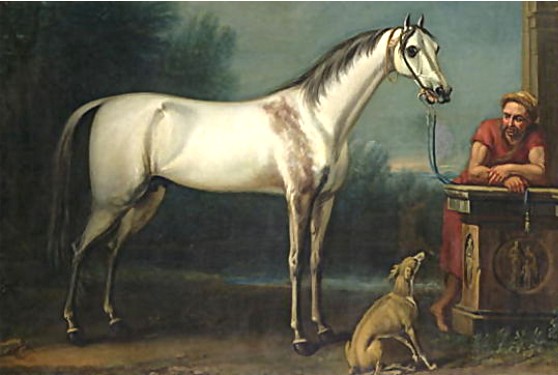
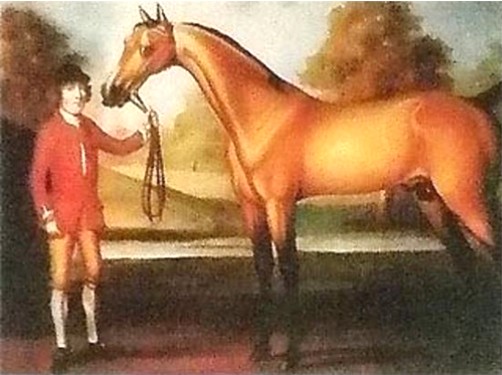
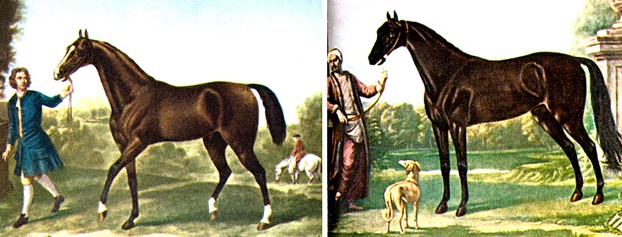
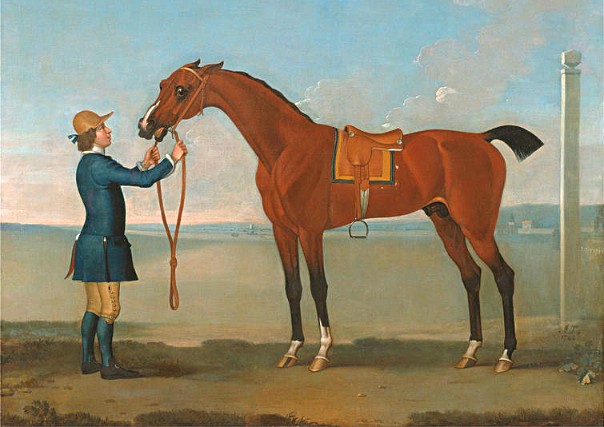
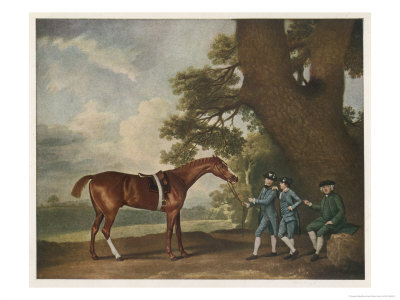
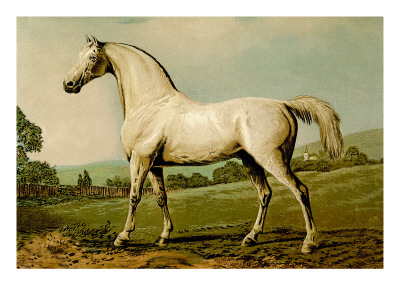




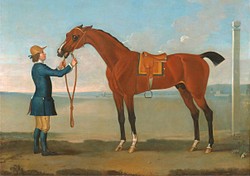

 Versatile Nova Scotia Duck Tolling Retrieverson 08/02/2014
Versatile Nova Scotia Duck Tolling Retrieverson 08/02/2014
 Should You Spay or Neuter Your Puppy?on 08/12/2014
Should You Spay or Neuter Your Puppy?on 08/12/2014
 Horse Racing History: the Preakness Stakeson 05/15/2014
Horse Racing History: the Preakness Stakeson 05/15/2014
 Dinosaurs Will Be On Display in Trenton, Ontario, Canadaon 07/29/2013
Dinosaurs Will Be On Display in Trenton, Ontario, Canadaon 07/29/2013

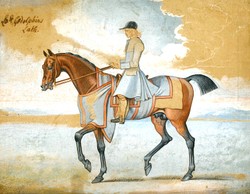
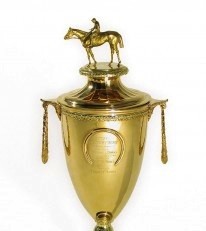
Comments
Enjoyed it! Very interesting!!